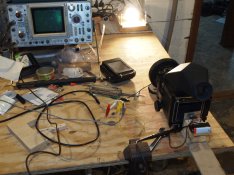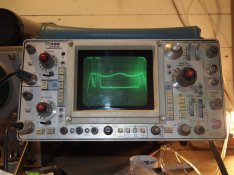crumpet8
Member
Hi,
Does anyone here know how to properly measure if the flash sync port on a 500c/m is sending out signal during the entire shutter release?
I set my black and red contacts onto the outside of the PC port and got readings that jumped around, but should I see a change in this behaviour during shutter release?
Obviously, I have very little idea as to what I am doing so all of your help is much appreciated!
Thanks,
Daniel
Does anyone here know how to properly measure if the flash sync port on a 500c/m is sending out signal during the entire shutter release?
I set my black and red contacts onto the outside of the PC port and got readings that jumped around, but should I see a change in this behaviour during shutter release?
Obviously, I have very little idea as to what I am doing so all of your help is much appreciated!
Thanks,
Daniel









 ).
).



